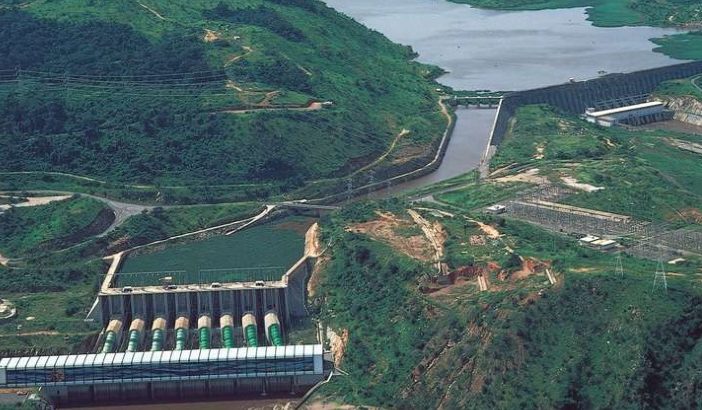- Angola has signalled its interest in purchasing 5000MW from neighbouring Democratic Republic of Congo’s proposed $14bn 11000MW Grand Inga Hydropower Project.
- Angolan Energy Ministry made announcement and said the country will require electricity generated by the dam from 2025, and will purchase it on condition the fee doesn’t exceed US $30/MWh.
In its current design, the Inga III dam would be the biggest hydropower plant in Africa, generating 11 050MW. The two partners developing the project — one Chinese, one Spanish — submitted a joint proposal to the Congolese government in November last year, but President Felix Tshisekedi, who assumed office in January, has yet to approve the bid. Read more.
Angola will require electricity generated by the Inga III dam from 2025, and will purchase it on condition the fee doesn’t exceed $30 per megawatt hour, according to a letter sent by the nation’s Energy Ministry to Congolese authorities.
The South African government has also pledge to buy 2500MW from the project. Read more
Angolan and Congolese officials are already working on plans to export 100MW of power from the existing Inga I and II facilities to Angola’s Cabinda province. The Grand Inga project is estimated to produce 40000MW of power. This is enough to provide power to nearly half of the continent. It has been proposed for over 10 years but lack of political will and possible corruption has prevented the project from reaching its full potential.
Inga III is part of a long-delayed plan known as Grand Inga that’s eventually intended to harness as much as 40 000 megawatts of power, almost double the amount generated by China’s Three Gorges dam, currently the world’s biggest.
Advocacy groups have questioned the Inga III project, saying most of the electricity generated by the dam won’t benefit ordinary Congolese plus it will have a significant negative impact on the environment.
The Inga dams are located in western Democratic Republic of the Congo, 50 km upstream of the mouth of the Congo River, and 225 km (140 miles) south west of Kinshasa on the Congo River. The Congo River is the world’s second largest in terms of flow (42,000m3/s), after the Amazon, and the second longest river in Africa (4,700km), after the Nile River. It empties into the equatorial Atlantic Ocean creating what is famously known as the Congo Plume. The plume is a high productivity area arising from the rich nutrient flow from the river and is detected as far as 800km offshore. The plume accounts for 40%-80% of total carbon productivity and is one of the largest carbon sinks in the world.
Author: Bryan Groenendaal















